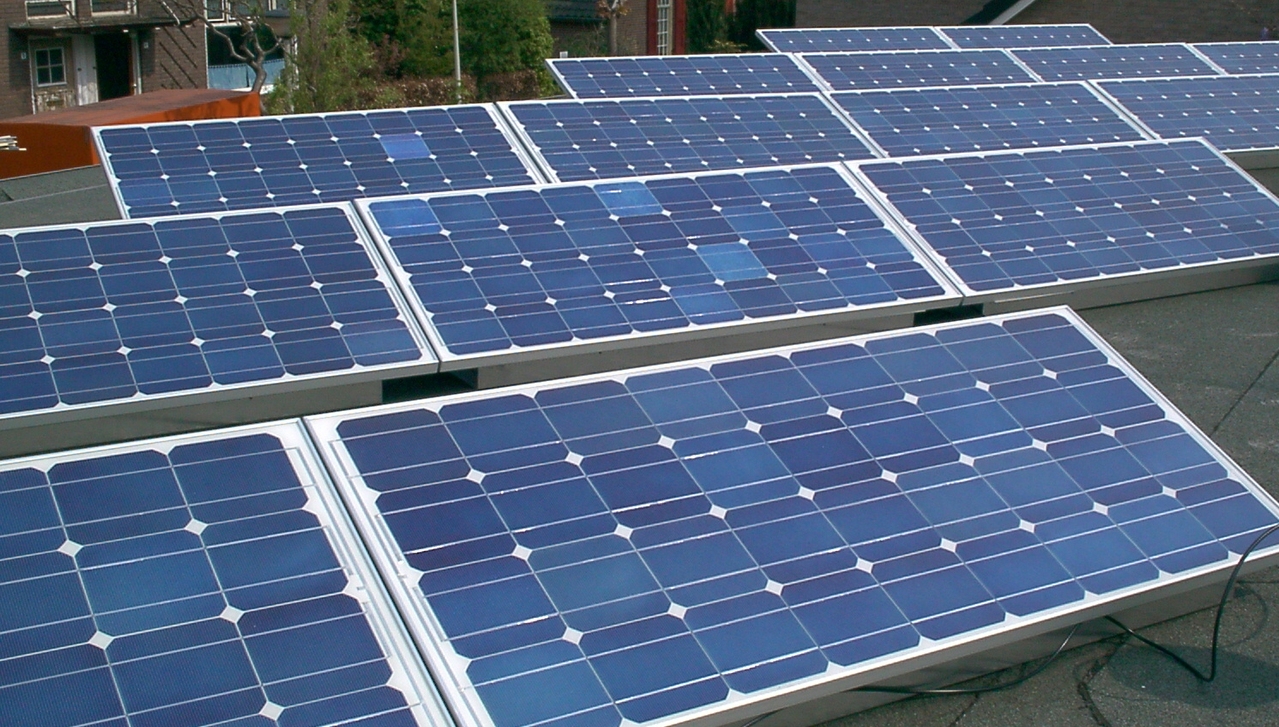Solar Energy Myths and Facts
Just recently in a dinner conversation with a good friend, I discovered solar power is still misunderstood. In fact, decades into the use of solar panels, there are nontheless Solar Energy myths and stories running rampant about solar energy. Before you consider whether the conversion to solar power is right for you, here is some food for thought.

Myth #1: Solar panels don’t last long enough to be cost effective.
This myth is resolved when you do the math. How much do you pay for 12 months of electricity? Solar panels are rated to last 25 years, but because they don’t have many moving parts, studies are finding that solar panels are lasting longer; more like 30 to 40 years, with minimal maintenance. Since twenty five years is the official panel rating, consider that your solar panels are basically locking in and replacing your cost of electricity for those twenty five years. Take your current cost of electricity for twelve months times twenty five years. When you talk with your solar installation provider to find out how much your system would cost, compare it with how much you will save in electric bills. Keep in mind, that electricity rates are going up regularly, but your rate will be locked in. Renewable Solar Resources are regularly showing consumers that many conversions pay for themselves in five years or less.
Myth #2: Solar Power is more expensive than traditional fossil fuel electricity.
In the last myth peel off, we talked about how the solar panel, battery and rest of the system is offset by the reduction in electric bills over the first few years. The initial solar panel installation will require substantial outlay of cash. Many homeowners use a home equity line of credit or a home improvement loan to pay for the conversion. On the bright side, the hard cost of solar power equipment: the panels, batteries etc., have dropped over 80 percent in the last decade, even as the panels become more efficient and the battery storage capacity improves dramatically. Your home value may also increase when the home is converted to solar power.
Myth #3: The only good reason to convert to solar power is so we have electricity in an outage.
The best reason to convert to solar power is the financial savings over time and your contribution toward a cleaner environment. Today, most residences converting to solar power are still on the grid. That means if the home uses more power than it is generating, the grid will sell needed electricity to the homeowner. If your system produces more than your home uses, that electricity is sold to other consumers on the grid, with credit to the solar powered homeowner. Electricity is consistently available to both homes in the grid, but an outage means everyone in your area of the grid is without power, regardless of whether the home has solar panels or not. If you are off the grid, you may have power when a storm takes away your neighbor’s power, but you won’t have the support of the grid if your electricity production runs short of your usage. Companies like Renewable Solar Resources take the time to review your property and energy usage. Renewable solar then shows prospective new clients how to make their home more energy efficient. Not only will you save electricity usage, but you can also save significant money by simple changes.
Myth #4: Converting to solar power only works in southern states.
Panels do need a certain amount of sunlight to power an entire residence. Every state in the United States gets enough sunlight when panels are professionally installed. The angle at which panels are installed, helps shed snow, or debris. The nature of the panels helps them heat enough to melt off snow more quickly when a portion is uncovered. Northern states such as New Jersey and Massachusetts are in the top ten US states to convert to renewable energy. Minnesota, Colorado and Utah are in the top twenty.
Myth #5: If I don’t have a southern facing roof, then I can’t get solar panels.
A roof doesn’t necessarily have to face south in order for the solar panels to produce enough electricity to power a home. If your roof is shaded by trees or doesn’t get enough sun for other reasons, an array of solar panels can be located in a fenced in area on the ground. This is referred to as a solar garden. It makes the panels accessible so you can clean them and keep them free of debris, but it does eat up space in your yard. Rural properties with larger available areas often employ this option.
Solar Energy is constantly evolving. As the technology improves, the panels become more efficient, the battery storage not only grows in capacity, but in the ability to store the electrical power longer. Homes have become ever more efficient and solar power continues to grow more attractive each year. Keep in mind, the savings begin as soon as you convert. Regardless of the time of year, it makes sense to convert to solar power as long as your home receives enough sunlight to function. The main takeaway from these myths, is to talk to your local solar professional to get facts on the solar power potential of your property. In Plymouth Minnesota, visit https://www.renewable-solar.com/contact and ask the questions. You may be surprised by what you learn.
